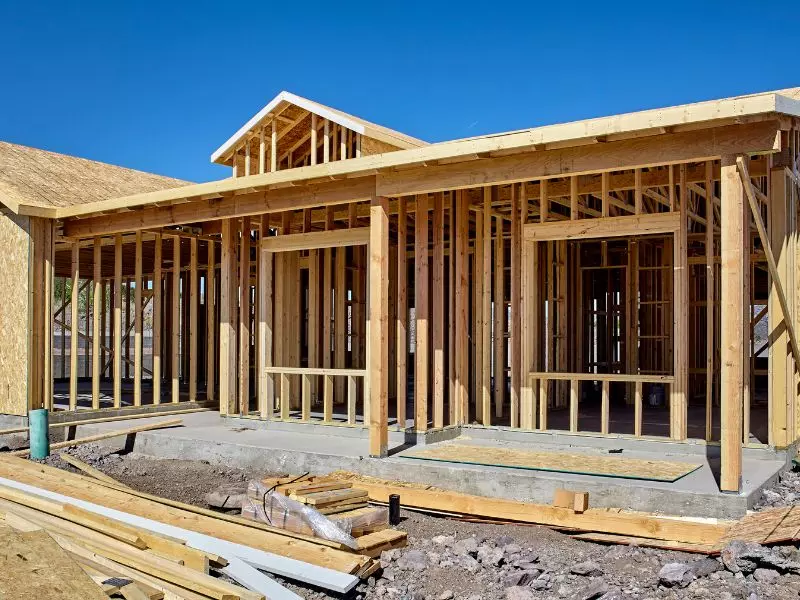
In our decades of experience in commercial construction, we've witnessed the crucial role that framing plays in the success of any project.
Yet, a common misconception persists: reducing costs in the framing process by cutting corners. Today, we aim to debunk this myth, demonstrating how investing in quality framing can yield more significant savings over time.
Understanding the Basics of Commercial Wood Framing
Framing, especially wood framing, is the cornerstone of most structures. Its history spans centuries, and its significance continues to hold strong. With its exceptional strength-to-weight ratio and sustainability, wood is often preferred in residential and commercial buildings. Different types of wood, such as pine, spruce, and fir, are commonly used in framing, each bringing unique characteristics to the build. Ensuring the quality of the wood and the framing process is paramount as it sets the stage for all the subsequent construction stages.
The True Cost of Low-Quality Framing
Let's paint a picture: You're halfway through a build, and everything grinds to a halt due to substandard framing. Suddenly, you're facing escalating costs - wasted materials need replacing, labor costs are skyrocketing, and there are crippling delays. This scenario is not uncommon when the quality of the wood framing is compromised. Material waste, labor inefficiency, scheduling delays — these immediate repercussions of poor-quality framing are just the tip of the iceberg. On a broader scale, the structural integrity of the building could be at risk, potentially leading to safety hazards and ensuing legal disputes. In one study, the additional cost of rectifying poor-quality framing increased the project's cost by up to 20%.
The Value of Investing in Quality Framing
The solution is simple: invest in quality from the outset. With quality framing, material waste decreases as higher-grade wood is more durable and resistant to weather conditions. Efficiency in labor increases as skilled framers get it right the first time, resulting in fewer do-overs. Moreover, quality wood framing prevents potentially expensive repairs and provides peace of mind with fewer safety concerns. In one of our projects, an initial 10% increase in framing costs due to a focus on quality resulted in an overall 15% decrease in total project costs.
Making the Shift: Strategies for Investing in Quality Framing
How can you transition to quality wood framing? Start by sourcing superior materials. Select wood with fewer knots, straight grains, and low moisture content. Ensure your team consists of skilled wood framers who know their craft and understand the importance of quality. Next, embrace technological advancements. Today, digital blueprint systems and innovative construction methods such as prefabrication can contribute to a more efficient and high-quality framing process. Moreover, robust planning and thoughtful design are crucial in preventing potential issues that can arise later in the construction process.
Conclusion
In conclusion, while cutting costs on framing may seem tempting initially, the journey is fraught with hidden pitfalls. However, an upfront investment in quality framing is a proven strategy that results in significant long-term savings, safer buildings, and a smoother construction process. We encourage all stakeholders in the commercial construction industry to view quality framing not as an expense but as a worthy investment. The payoff? Better outcomes, greater satisfaction, and structures that stand the test of time.
